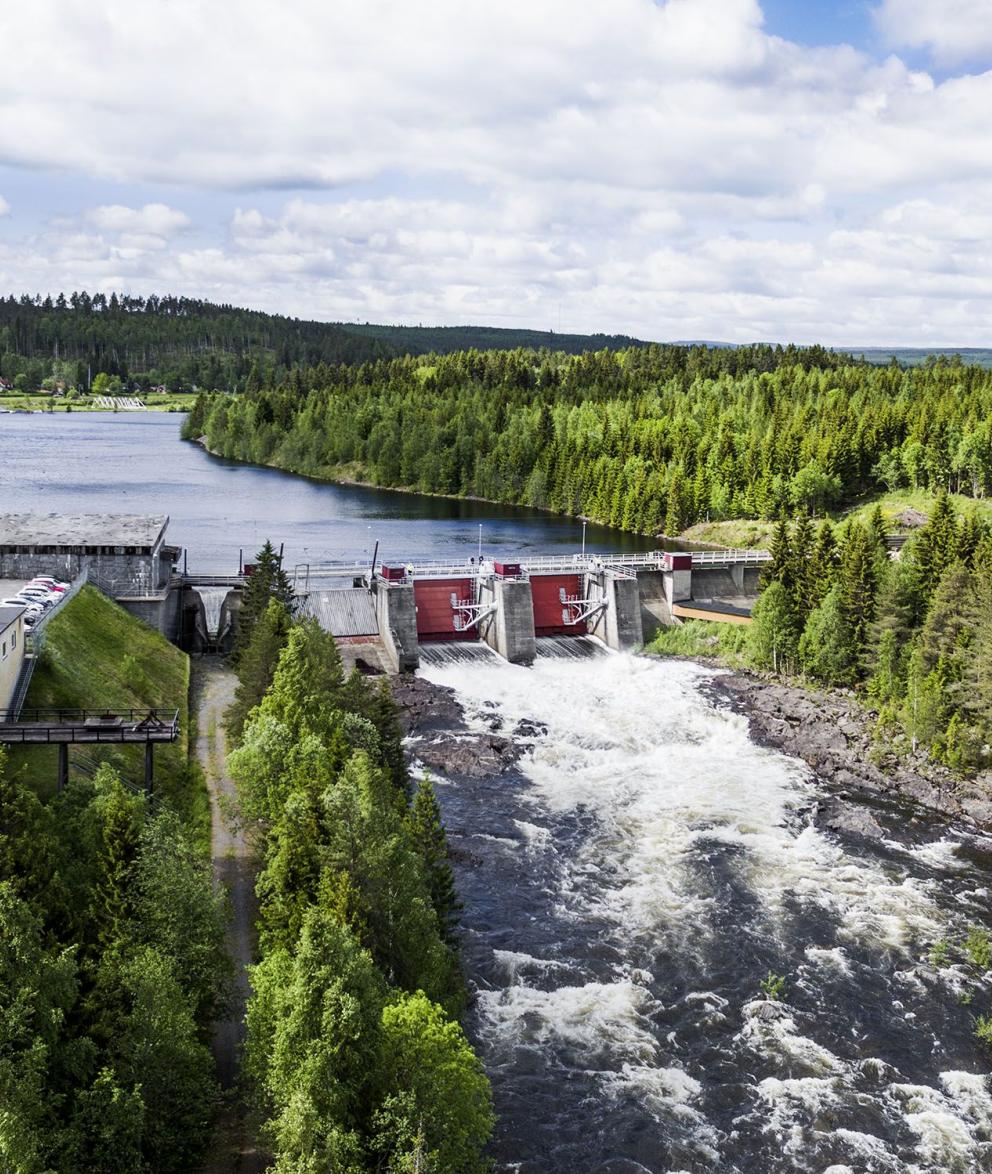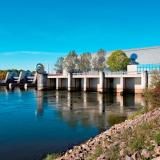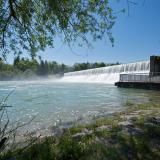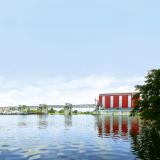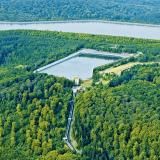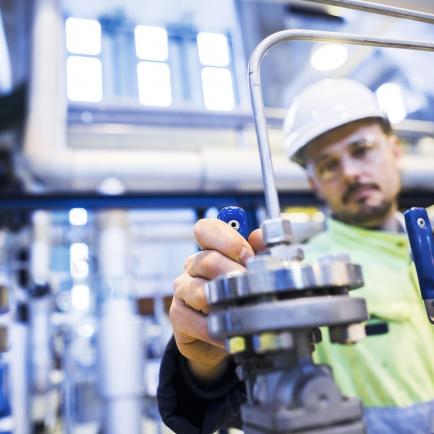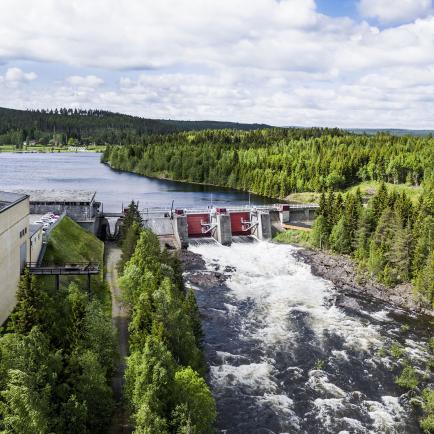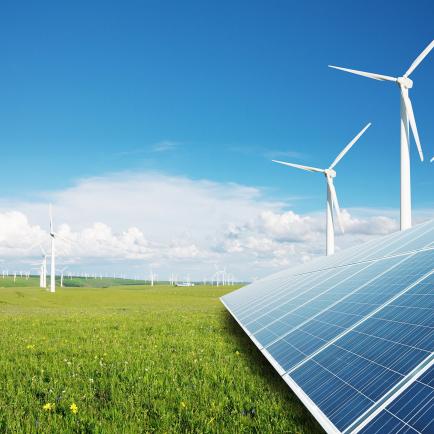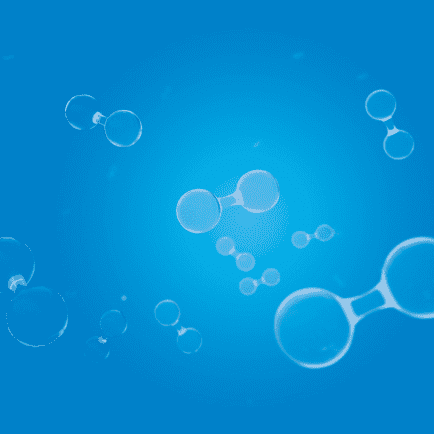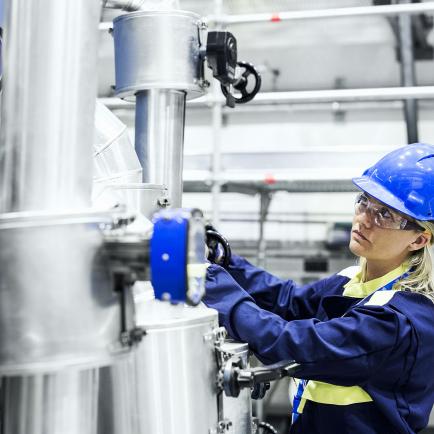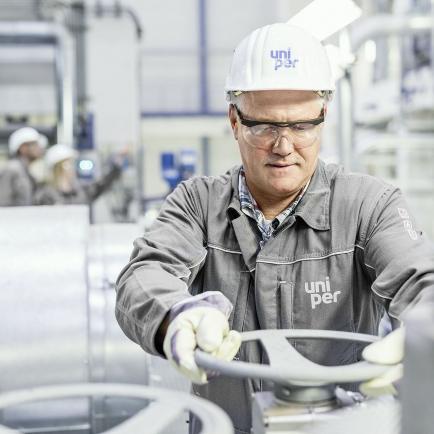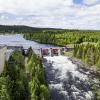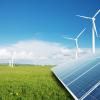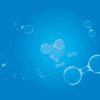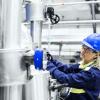Today, we have 2 GW of hydro capacity in Germany and 1.6 GW in Sweden. Our hydro plants enables us to meet the growing demand — particularly in the utility, automotive, food, and high-tech industries — for certified green power. Many of these plants are dispatchable as well, which means that they can help provide backup for the fluctuating output of wind and solar farms. Four of our hydro plants in Sweden have battery systems as well. This enables them to help control frequency deviations in the grid.
Pump up the power
Pumped-storage hydro plants are currently the only technology capable of efficiently storing large amounts of electricity. They’re also extremely flexible and can therefore swiftly balance out fluctuations and maintain grid voltage. And, unlike most power plants, they don’t need electricity from the grid to start themselves. In an outage, they can restart other power plants and help get the lights back on.
We want to add more pumped-storage hydro capacity. That’s why we‘ve submitted a plan to refurbish and recommission Happurg, a 160 MW pumped-storage plant near Nuremberg that has been out of service since 2011. This would provide southeast Germany another reliable source of clean, flexible power.
A passing lane for fish
Hydro plants produce 100% clean electricity and will thus remain a key ingredient in tomorrow’s zero-carbon energy mix. But operating them also gives us the responsibility to be a conscientious environmental steward to the flora and fauna nearby. To fish, for example, hydro plants are insurmountable obstacles. That’s why nearly all our run-of-river plants offer fish an alternate route, a man-made creek called a fish pass or fish ladder. This enables fish them and other water dwellers to get around the plant safely. Other nature conservancy projects at our hydro plants include breeding grounds for fish and birds, habitats for eels, and spawning grounds for salmon.
Hydropower in Germany
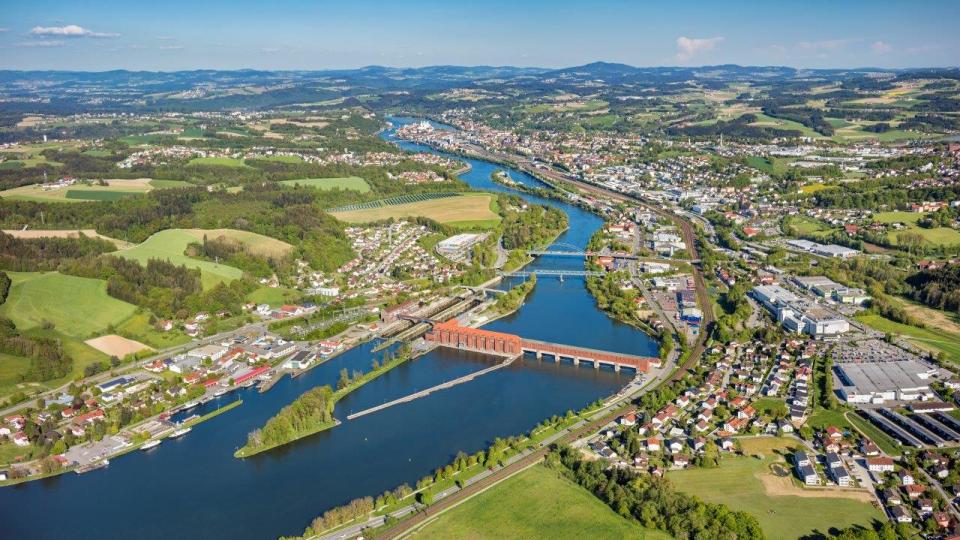
Clean air, clean water and an intact environment are the prerequisites for life. Generating electricity with hydropower is both a practical and sustainable form of environmental protection. It creates no noise, smoke or residue. Hydropower is a proven, locally produced and controllable source of renewable energy.
Hydropower in Sweden
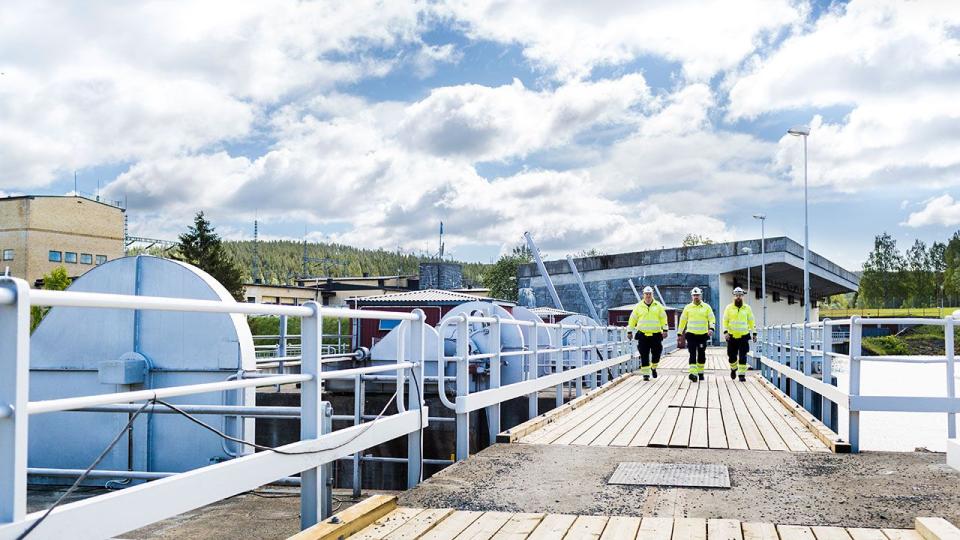
Hydropower has many advantages. It has near-zero emissions of greenhouse gases, while providing a reliable electricity supply at a competitive price. Hydropower is renewable, because the water that is utilized by the power plant is not consumed, but constantly returned in the form of precipitation.
